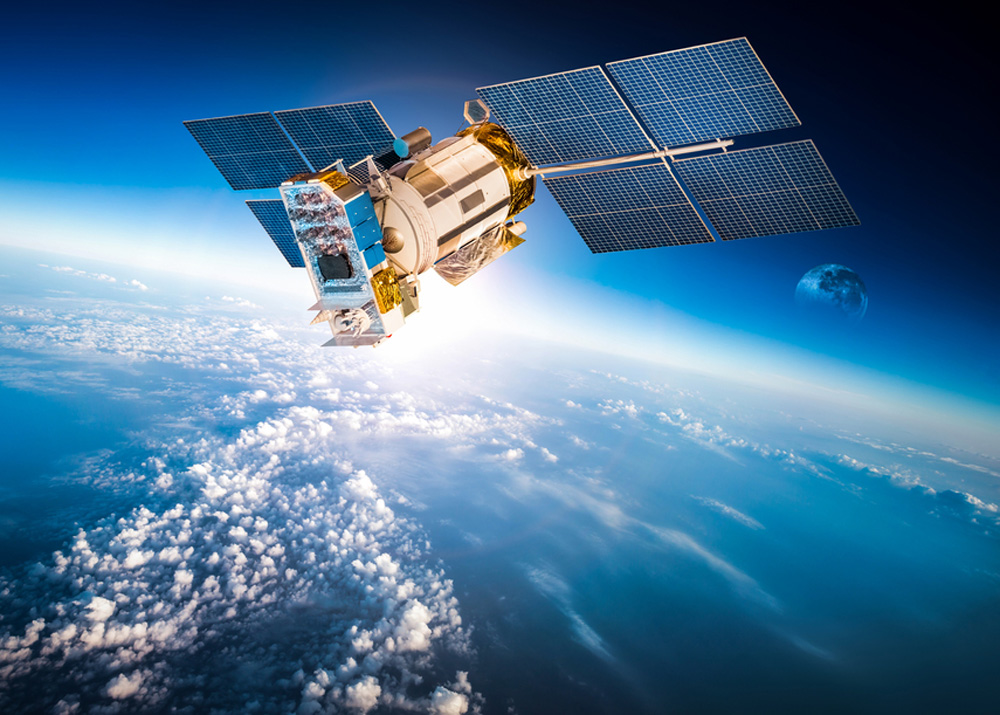Valec is currently in the process of building the North-South Railway, which when completed will run from Bel?m in the North to the southernmost city in Brazil, R?o Grande, enabling the movement of valuable commodities, such as ethanol, soya and metals. 1575 km of this railway is already in operation, but Valec is still building round 700km of the track. A control centre facility, based in Palmas, coordinates work from Porto Nacional to Estrela d’Oeste, controlling the movement of maintenance vehicles, ensuring that all building and engineering tasks run according to plan. Trains are using sections of the track to transport goods, while mechanics, engineers, builders, and other workers are all posted at different points down the length of the track to undertake construction work and maintenance on specific sections of the railway. Numerous maintenance vehicles drive up and down the line, managing the railway, delivering vital raw materials and moving workers.
Considering the sheer distances involved and the scale of the work at hand, communication between their vehicles, trains and control centre is key. Despite this, Valec’s communications were previously hampered by intermittent terrestrial connectivity, older radio technology and a paper system, whereby drivers would be given a ‘license’ from the control centre, which would specify a beginning and end point for their journey and cargo.
This system was problematic on several levels – for one thing, it did not allow the control centre facility to have any real feedback on what its vehicles were doing. It also restricted the agility of Valec – rather than being able to react flexibly to changing events happening along the line and being able to adjust resource allocation accordingly by communicating with drivers, it instead left the team with only the paper-based system as a guarantee of their whereabouts. Moreover, not being able to see where drivers were in real time represented a safety and health issue, as these drivers were travelling very long distances to remote locations on a daily basis. For the operators of trains using these stretches of lines, there was also an economic cost involved, as trains – which can be up to 1km long - were using a lot of diesel stopping and starting again.
Solution:
Seeking a better way of working, Valec opened a procurement process, in line with Brazilian federal government regulation. Globalsat Group, a provider of satellite communications and equipment, submitted a proposal combining its technical deployment and management knowhow with the reach and reliability of Inmarsat’s satellite network. Inmarsat’s fleet of geostationary satellites delivers seamless global coverage, and the solution provided to Valec leverages this industry leading network in two key ways:
- GPS tracking constantly transmits the rail vehicles locations back to the control centre.
- Vehicles are equipped with satellite-enabled push-to-talk (PTT) handsets, enabling them to communicate with the control centre
Both of these functions are enabled by BGAN terminals integrated into the vehicles by Globalsat Group through its affiliate Globalsat do Brasil, and connected to the highly reliable Inmarsat L-band network, which during initial testing proved to have more than 99% availability even on a moving vehicle.
Benefits:
Valec now operates a sophisticated traffic control system, based on the known position of maintenance vehicles and commercial trains. The capacity to see exactly where the vehicles are at any given time and to communicate reliably with drivers throughout the length of the track has not only helped Valec to work more efficiently, but also much more safely. From an economic standpoint, train companies have reduced the amount of money being spent on diesel due to unplanned events on the track.
Bruno Fontoura, from Valec Operations, commented on the hybrid solution: “The North-South Railway is a huge infrastructure project which will help drive our national economy. As a public company that acts for the wider social and economic good of Brazil, the railway must be completed on time and at the right cost, so we must use the right suppliers. Globalsat Group and Inmarsat met our needs very well – although the original project only involved PTT handsets, after we had begun putting in place the solution, it became clear that we needed the vehicles’ precise location to appear on our control panels. The two organisations adapted the solution to our requirements, and adjusted the solution to include the GPS tracking element that would prove to be such a vital part of the finished service.”
“We tested the solution by checking the connectivity at 100km intervals – only with Inmarsat’s connectivity did we get service at each point. Importantly, the hybrid solution was skillfully integrated into our existing systems, meaning that we didn’t have to make any major adjustments to control panels or the way our control centre facility operates to ensure the whole thing functioned. And finally, all this was delivered on time and at the right price. The system works reliably, saving us money and improving safety standards, and has become the bedrock of our North-South Railway project. We couldn’t do this without Inmarsat’s satellite connectivity.”





